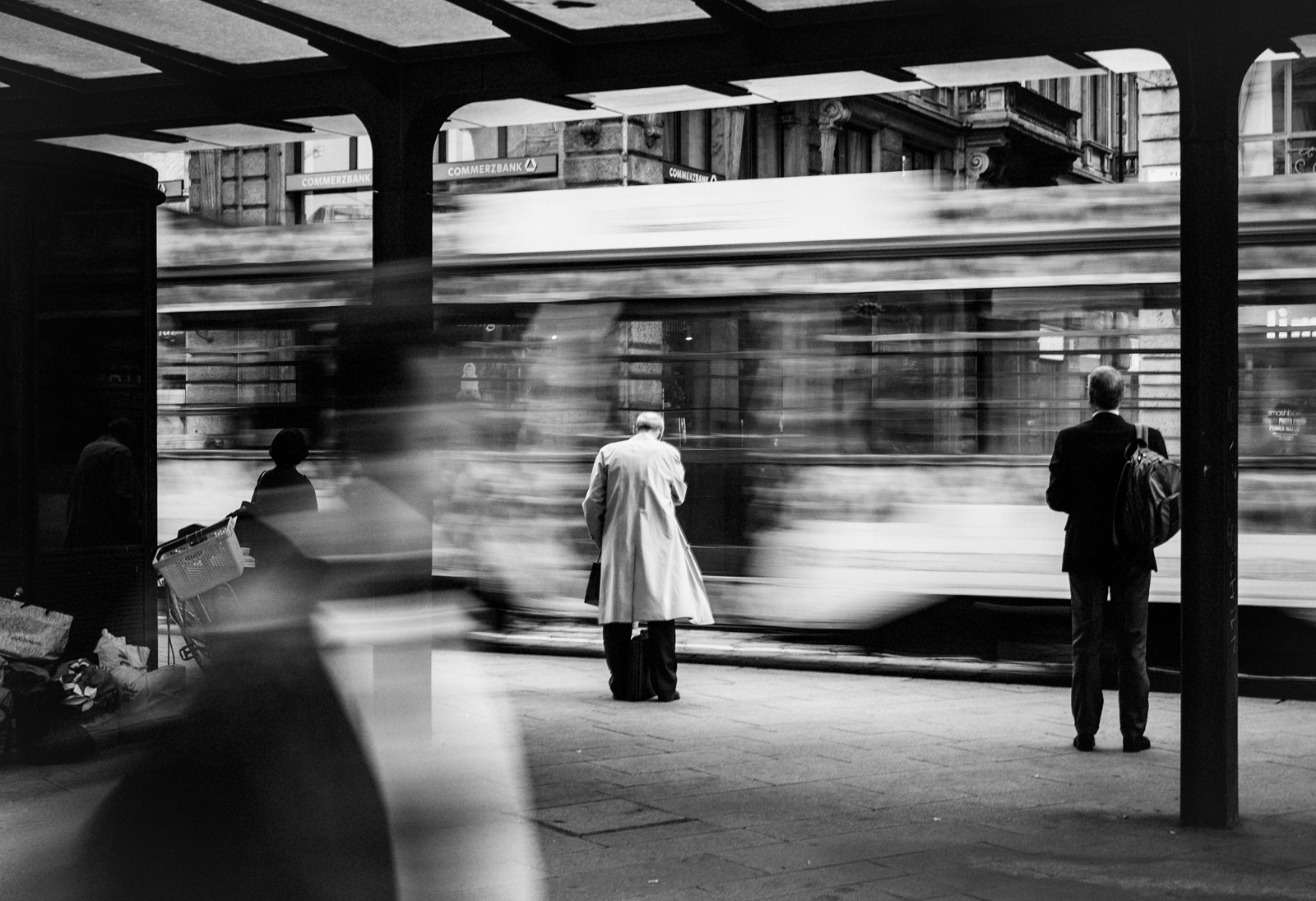10 Easy Facts About Framing Streets Explained
The 5-Minute Rule for Framing Streets
Table of ContentsThe Basic Principles Of Framing Streets A Biased View of Framing StreetsFraming Streets Fundamentals ExplainedFraming Streets Can Be Fun For AnyoneFraming Streets Can Be Fun For AnyoneThe Ultimate Guide To Framing Streets
Photography category "Crufts Canine Show 1968" by Tony Ray-Jones Road digital photography (additionally sometimes called honest digital photography) is digital photography conducted for art or inquiry that includes unmediated opportunity encounters and arbitrary occurrences within public locations, usually with the purpose of recording pictures at a decisive or poignant minute by cautious framing and timing. 
Subsequently his boots and legs were well defined, however he lacks body or head, since these remained in activity." Charles Ngre, waterseller Charles Ngre. https://www.openstreetmap.org/user/framingstreets1 was the very first photographer to obtain the technical refinement required to sign up people in motion on the road in Paris in 1851. Professional Photographer John Thomson, a Scotsman collaborating with journalist and social lobbyist Adolphe Smith, published Street Life in London in twelve month-to-month installments starting in February 1877
The Single Strategy To Use For Framing Streets
Eugene Atget is concerned as a progenitor, not due to the fact that he was the initial of his kind, but as a result of the popularisation in the late 1920s of his document of Parisian streets by Berenice Abbott, who was inspired to undertake a similar documentation of New York City. [] As the city created, Atget helped to promote Parisian streets as a worthy subject for digital photography.

Not known Facts About Framing Streets
Martin is the first videotaped digital photographer to do so in London with a disguised camera. Mass-Observation was a social research study organisation founded in 1937 which intended to record daily life in Britain and to record the reactions of the 'man-in-the-street' to King Edward VIII's abdication in 1936 to wed divorce Wallis Simpson, and the sequence of George VI. The chief Mass-Observationists were anthropologist Tom Harrisson in Bolton and poet Charles Madge in London, and their initial report was generated as guide "May the Twelfth: Mass-Observation Day-Surveys 1937 by over two hundred viewers" [] Window cleaner at Kottbusser Tor, Berlin, by Elsa Thiemann c. 1946 The post-war French Humanist School digital photographers located their topics on the road or in the bistro. In between 1946 and 1957 Le Groupe des XV annually displayed job of this kind. Andre Kertesz. Circus, Budapest, 19 May 1920 Street photography developed the significant content of 2 events at the Gallery of Modern Art (Mo, MA) in New York curated by Edward Steichen, Five French Professional Photographers: Brassai; Cartier-Bresson, Doisneau, Ronis, Izis in 1951 to 1952, and Post-war European Digital Photography in 1953, which exported the principle of street photography worldwide.

8 Simple Techniques For Framing Streets
, then a teacher of young youngsters, connected with Evans in 193839.'s 1958 book,, was significant; raw and usually out of emphasis, Frank's images questioned traditional digital photography of the time, "challenged all the formal guidelines laid down by Henri Cartier-Bresson and Walker Evans" and "flew in the face of the wholesome pictorialism and wholehearted photojournalism of American publications like LIFE and Time".